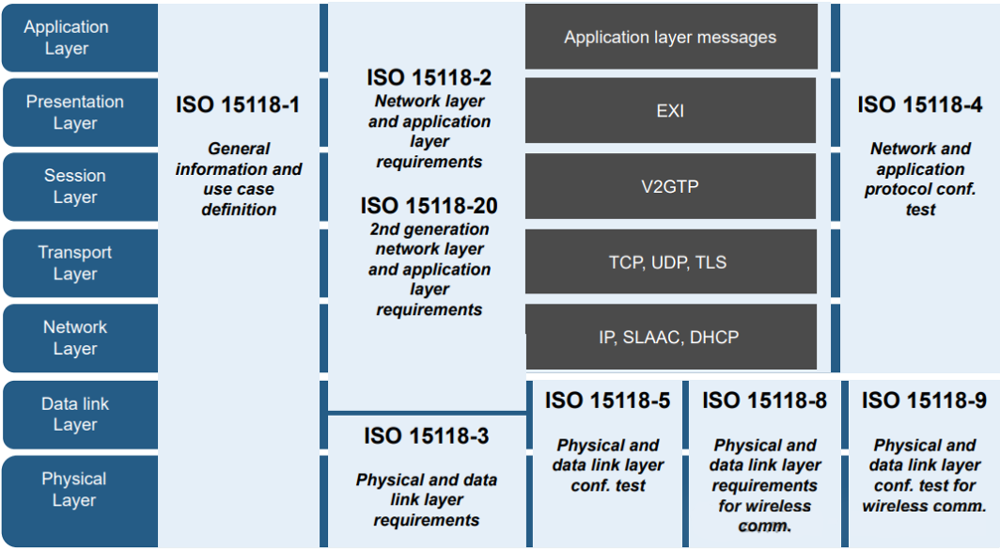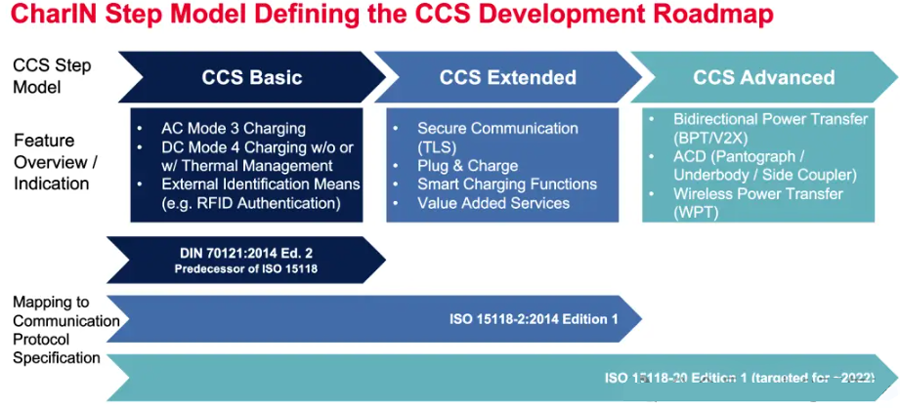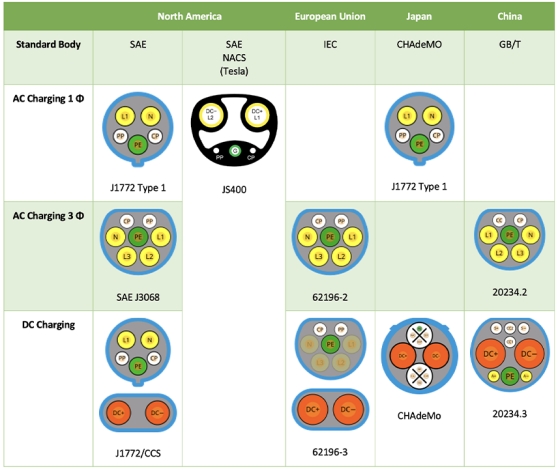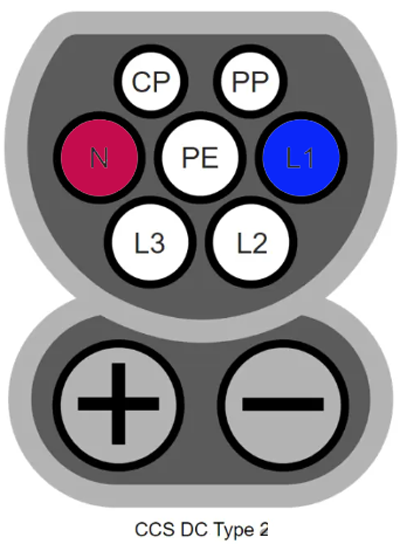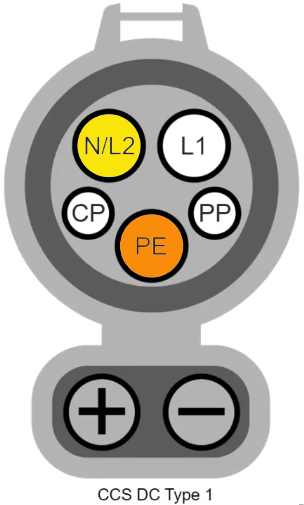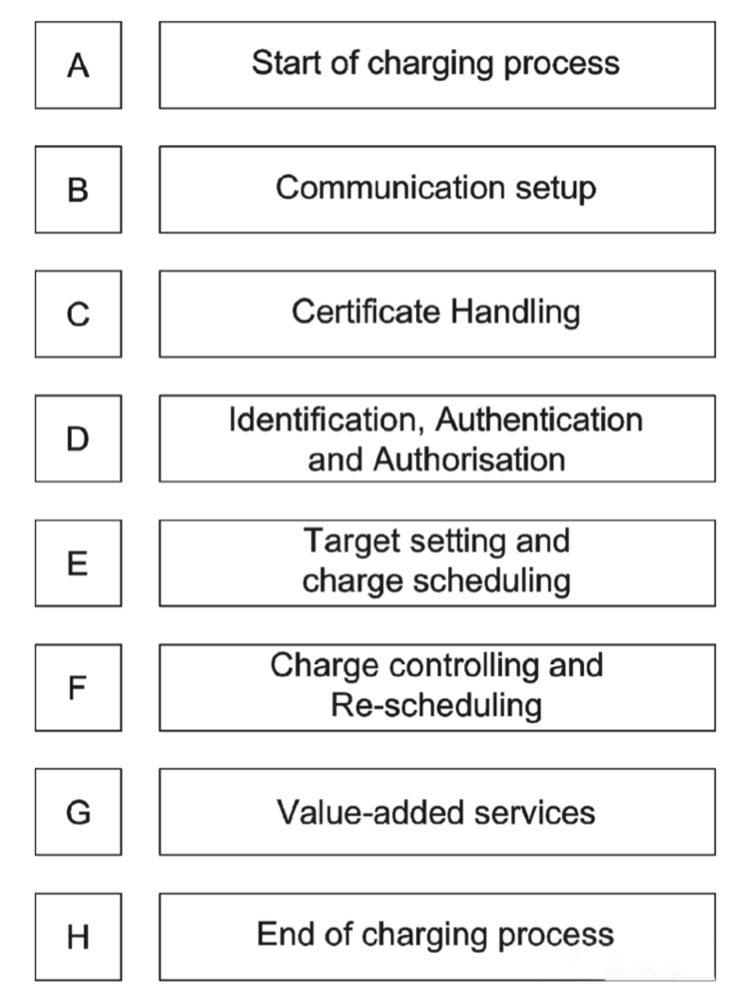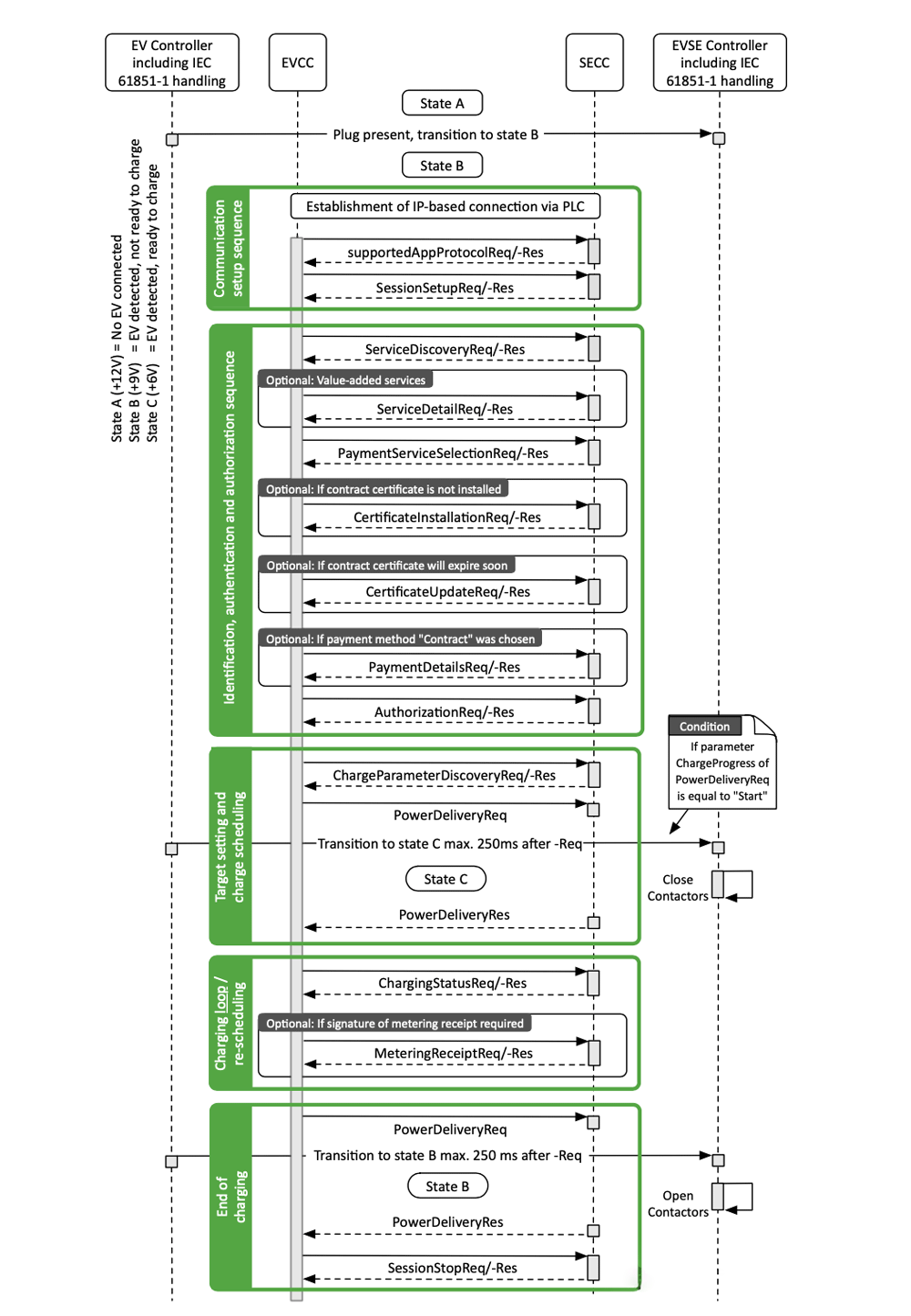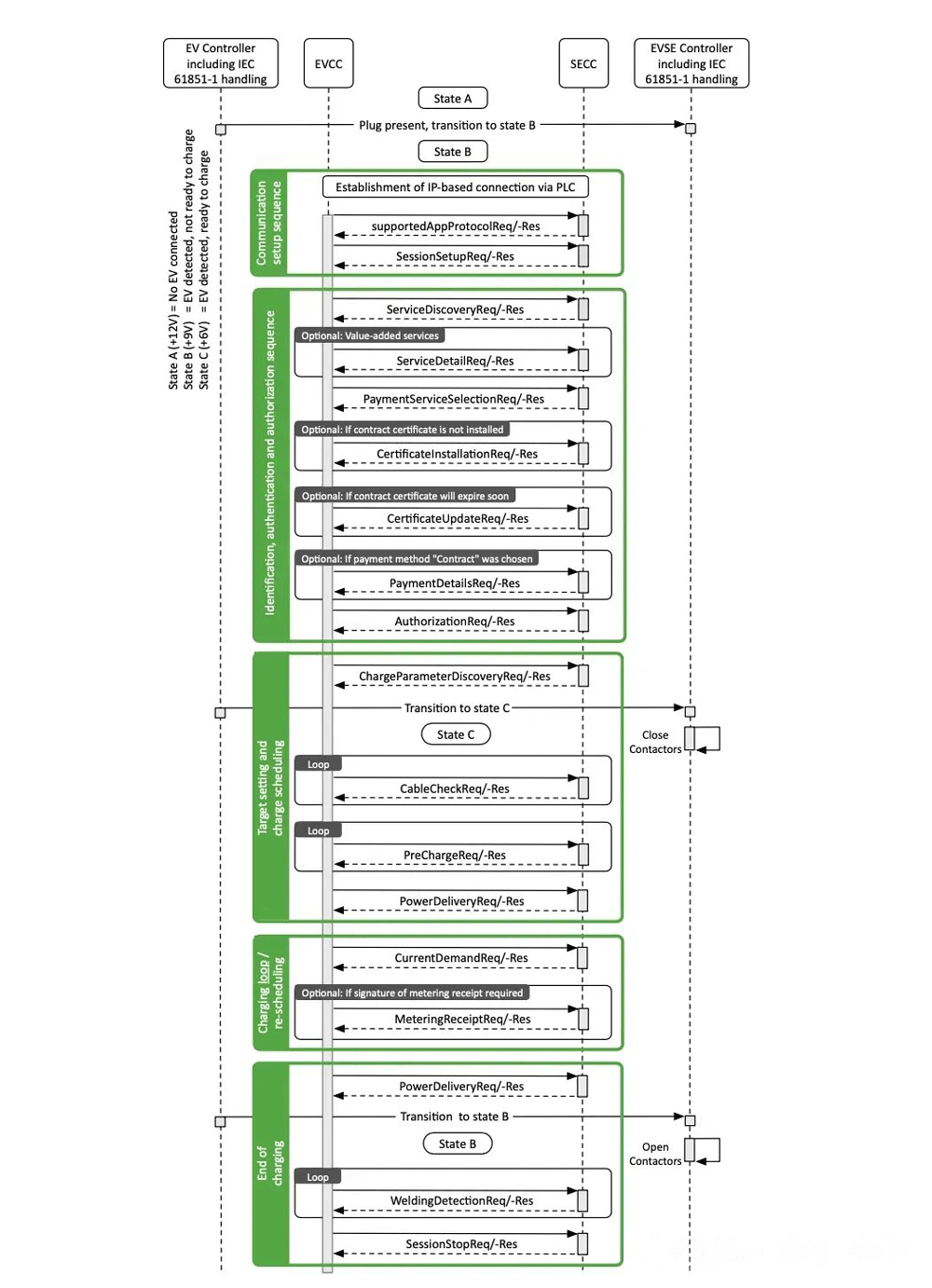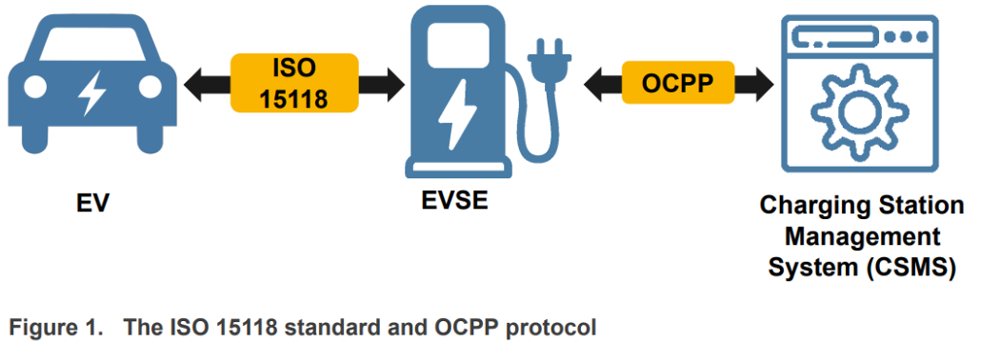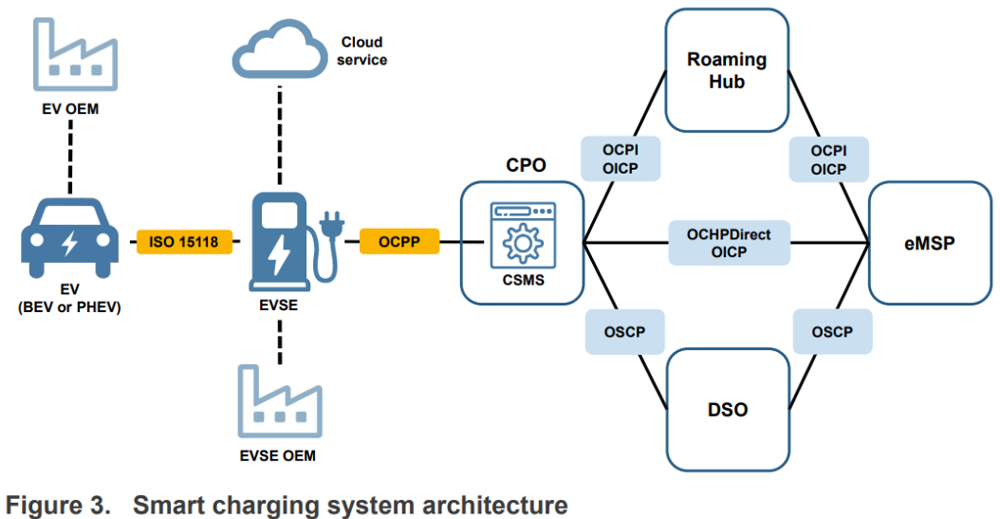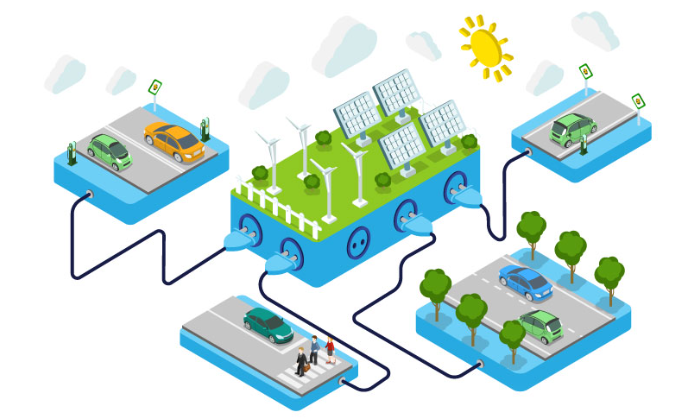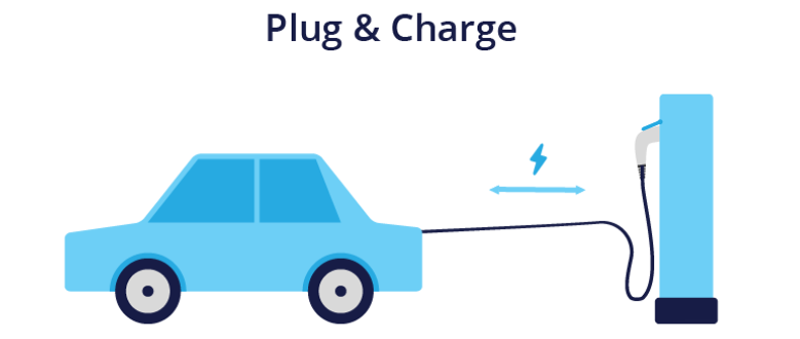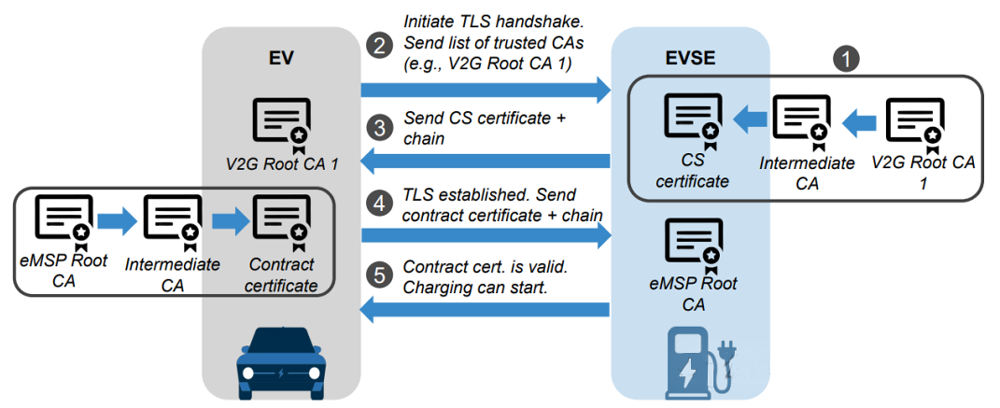This paper describes in detail the development background of ISO15118, version information, CCS interface, content of communication protocols, smart charging functions, demonstrating the progress of electric vehicle charging technology and the evolution of the standard.
Table Of Contents
I. Introduction of ISO15118
1、Introduction
The International Organization for Standardization (IX-ISO) publishes ISO 15118-20. ISO 15118-20 is an extension of ISO 15118-2 to support wireless power transfer (WPT). Each of these services can be provided using bi-directional power transfer (BPT) and automatically connected devices (ACDs).
2. Introduction of version information
(1) ISO 15118-1.0 Version
15118-1 is the general requirement
Application scenarios based on ISO 15118 to realize the charging and billing process, and describes the devices in each application scenario and the information interaction between the devices
15118-2 is about the application layer protocols.
Defines mesages, message sequences and state machines and the technical requirements that need to be defined to realize these application scenarios. Defines the protocols from the network layer all the way to the application layer.
15118-3 link layer aspects, using power carriers.
15118-4 test-related
15118-5 Physical layer related
15118-8 Wireless aspects
15118-9 Wireless physical layer aspects
(2) ISO 15118-20 version
ISO 15118-20 has plug-and-play functionality, plus support for wireless power transfer (WPT), and each of these services can be provided using bi-directional power transfer (BPT) and automatically connected devices (ACD).
Introduction to the CCS interface
The emergence of different charging standards in the European, North American and Asian EV markets has created interoperability and charging convenience issues for EV development on a global scale. To address this issue, the European Automobile Manufacturers’ Association (ACEA) has put forward a proposal for a CCS charging standard, which aims to integrate AC and DC charging into a unified system. The physical interface of the connector is designed as a combined socket with integrated AC and DC ports, which is compatible with three charging modes: single-phase AC charging, three-phase AC charging and DC charging. This provides more flexible charging options for electric vehicles.
Ⅱ.Interface introduction
EV (electricity vehicle) charging interface protocols
Connectors used for charging EVs in the major regions of the world
1、CCS1 Connector
The U.S. and Japanese domestic power grids only support single-phase AC charging, so Type 1 plugs and ports dominate in these two markets.
2、Introduction of CCS2 port
The Type 2 port supports single-phase and three-phase charging, and three-phase AC charging can shorten the charging time of electric vehicles.
On the left is the Type-2 CCS car charging port, and on the right is the DC charging gun plug. The car’s charging port integrates an AC portion (upper portion) and a DC port (lower portion with two thick connectors). During the AC and DC charging process, the communication between the electric vehicle (EV) and the charging station (EVSE) takes place via the Control Pilot (CP) interface.
CP – The Control Pilot interface transmits an analog PWM signal and an ISO 15118 or DIN 70121 digital signal based on Power Line Carrier (PLC) modulation on an analog signal.
PP – The Proxmity Pilot (also called Plug Presence) interface transmits a signal that enables the vehicle (EV) to monitor that the charging gun plug is connected. Used to fulfill an important safety feature – the car cannot move while the charging gun is connected.
PE – Productive Earth, is the grounding lead of the device.
Several other connections are used to transfer power: Neutral (N) wire, L1 (AC single phase), L2, L3 (AC three phase); DC+, DC- (direct current).
III. Introduction of ISO15118 protocol content
The ISO 15118 communication protocol is based on the client-server model, in which the EVCC sends request messages (these messages have the suffix “Req”), and the SECC returns the corresponding response messages (with the suffix “Res”). The EVCC needs to receive the response message from the SECC within a specific timeout range (generally between 2 and 5 seconds) of the corresponding request message, otherwise the session will be terminated, and depending on the implementation of different manufacturers, the EVCC can re-initiate a new session.
(1) Charging Flowchart
(2) AC charging process
(3) DC charging process
ISO 15118 enhances the communication mechanism between the charging station and the electric vehicle with higher level digital protocols to provide richer information, mainly including: two-way communication, channel encryption, authentication, authorization, charging status, departure time, and so on. When a PWM signal with 5% duty cycle is measured on the CP pin of the charging cable, charging control between the charging station and the vehicle is immediately handed over to ISO 15118.
Ⅳ. Core Functions
(1) Intelligent Charging
Smart EV charging is the ability to intelligently control, manage and adjust all aspects of EV charging. It does this based on real-time data communication between the EV, the charger, the charging operator and the electricity supplier or utility company. In smart charging, all parties involved constantly communicate and use advanced charging solutions to optimize charging. At the heart of this ecosystem is the Smart Charging EV solution, which processes this data and allows charging operators and users to manage all aspects of charging.
1) Smart Energy Tube; it manages the impact of EV charging on the grid and power supply.
2) Optimizing EVs; charging it helps EV drivers and charging service providers to optimize charging in terms of cost and efficiency.
3) Remote management and analytics; it enables users and operators to control and adjust charging via web-based platforms or mobile applications.
4) Advanced EV charging technology Many new technologies, such as V2G, require smart charging features to function properly.
The ISO 15118 standard introduces another source of information that can be used as smart charging: the electric vehicle itself (EV). One of the most important pieces of information when planning the charging process is the amount of energy the vehicle wants to consume. There are many options for providing this information to the CSMS:
Users can enter the requested energy using a mobile application (provided by eMSP) and send it to the CPO’s CSMS through back-end to back-end integration, and charging stations can use a custom API to send this data directly to the CSMS
(2) Smart Charging and Smart Grid
Smart EV charging is part of this system because EV charging can greatly affect the energy consumption of a home, building or public area. The capacity of the grid is limited in terms of how much power can be handled at a given point.
3) Plug and Charge
ISO 15118 top features.
The EV industry is relatively new and still evolving. New standards are in development. That creates challenges of compatibility and interoperability for EV and EVSE manufacturers. However, the ISO 15118-20 standard facilitates charging features such as plug & charge billing, encrypted communication, bidirectional energy flow, load management, and variable charging power. These features make charging more convenient, safer, and more efficient, and they will contribute to greater adoption of EVs.
linkpower can provide guidance and customize its charging stations with any available charging connectors. help navigate the dynamic EV industry requirements and build customized charging stations for all customer requirements. Learn more about commercial EV chargers and capabilities.
Post time: Oct-18-2024



